Blog
The Tarantula Nebula, also known as 30 Doradus, is more than a thousand light-years in diameter, a giant star forming region within nearby satellite galaxy the Large Magellanic Cloud. About 160 thousand light-years away, it’s the largest, most violent star forming region known in the whole Local Group of galaxies. The cosmic arachnid is near the center of this spectacular image taken during the flight of SuperBIT (Super Pressure Balloon Imaging Telescope), NASA’s balloon-borne 0.5 meter telescope now floating near the edge of space. Within the well-studied Tarantula (NGC 2070), intense radiation, stellar winds and supernova shocks from the central young cluster of massive stars, cataloged as R136, energize the nebular glow and shape the spidery filaments. Around the Tarantula are other star forming regions with young star clusters, filaments, and blown-out bubble-shaped clouds. SuperBIT’s wide field of view spans over 2 degrees or 4 full moons in the southern constellation Dorado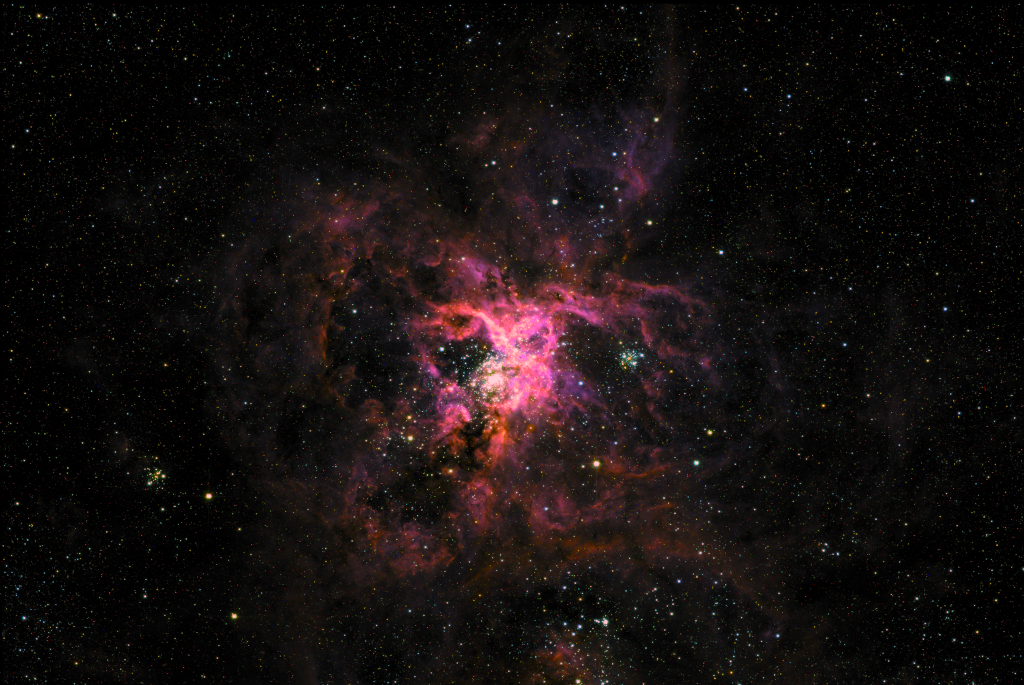
more...
Denzil DaCosta Best (April 27, 1917 – May 24, 1965) was an American jazz percussionist and composer born in New York City. He was a prominent bebop drummer in the 1950s and early 1960s.
Best was born in New York City, into a musical Caribbean family originally from Barbados. Trained on piano, trumpet, and bass, he concentrated on the drums starting in 1943. Between 1943 and 1944, he worked with Ben Webster, and subsequently with Coleman Hawkins (1944–45), Illinois Jacquet (1946) and Chubby Jackson. The drummer was known to sit in at Minton’s Playhouse. He took part in a recording with George Shearing in 1948 and was a founding member of his Quartet, remaining there until 1952. In 1949, he played on a recording session with Lennie Tristano for Capitol and also recorded later with Lee Konitz.
In a 1953 car accident he fractured both legs and was forced into temporary retirement until 1954, when he played with Artie Shaw, and then in a trio with Erroll Garner (1955–57), including Garner’s live album Concert by the Sea. Best subsequently played with Phineas Newborn, Nina Simone, Billie Holiday and Tyree Glenn, and in October 1962 appeared on the first album by Sheila Jordan (Portrait of Sheila). He suffered from paralysis after this and was no longer able to play; he died aged 48 in 1965, after falling down a staircase in a New York City Subway station.
more...Conrad Henry Kirnon (April 27, 1927 – November 30, 1994) known professionally as Connie Kay, was an American jazz and R&B drummer, who was a member of the Modern Jazz Quartet.
Self-taught on drums, he began performing in Los Angeles in the mid-1940s. His drumming is recorded in The Hunt, the recording of a famous Los Angeles jam session featuring the dueling tenors of Dexter Gordonand Wardell Gray on July 6, 1947. He recorded with Lester Young‘s quintet from 1949 to 1955 and with Stan Getz, Coleman Hawkins, Charlie Parker, and Miles Davis.
Kay did R&B sessions for Atlantic Records in the early to mid-1950s, and he was featured on hit records such as Shake, Rattle and Roll by Big Joe Turner and Ruth Brown‘s (Mama) He Treats Your Daughter Mean.
Kay joined the Modern Jazz Quartet in 1955, replacing original drummer Kenny Clarke. He remained through the group’s dissolution in 1974 and occasional reunions into the 1990s. In addition to his MJQ compatriots, he had an enduring partnership with cool jazz altoist Paul Desmond through the first half of the 1960s. He played drums on several of Irish singer-songwriter Van Morrison‘s albums: Astral Weeks, one song on Saint Dominic’s Preview, and four songs on Tupelo Honey.
more...(PIERCE COUNTY, Wis. (KTTC) – A body was discovered in the Mississippi River Sunday afternoon in Pierce County, Wisconsin.
According to the Goodhue County Sheriff’s Office (GCSO), it received a report at 4:44 p.m. that a kayaker discovered a body in the Mississippi River, north of Diamond Bluff.
The body was located floating in what would typically be an inland area but was currently flooded because of the high water on the Mississippi River. The body had been in the water for an undetermined amount of time.
The Southern Minnesota Regional Medical Examiner’s Office positively identified the body Tuesday as 42-year-old Isaac Paul Russell-Hart. He was a missing person out of Minneapolis who was last seen on March 13, 2023.
GCSO was assisted at the scene by the Pierce County Sheriff’s Office and Wisconsin DNR.)
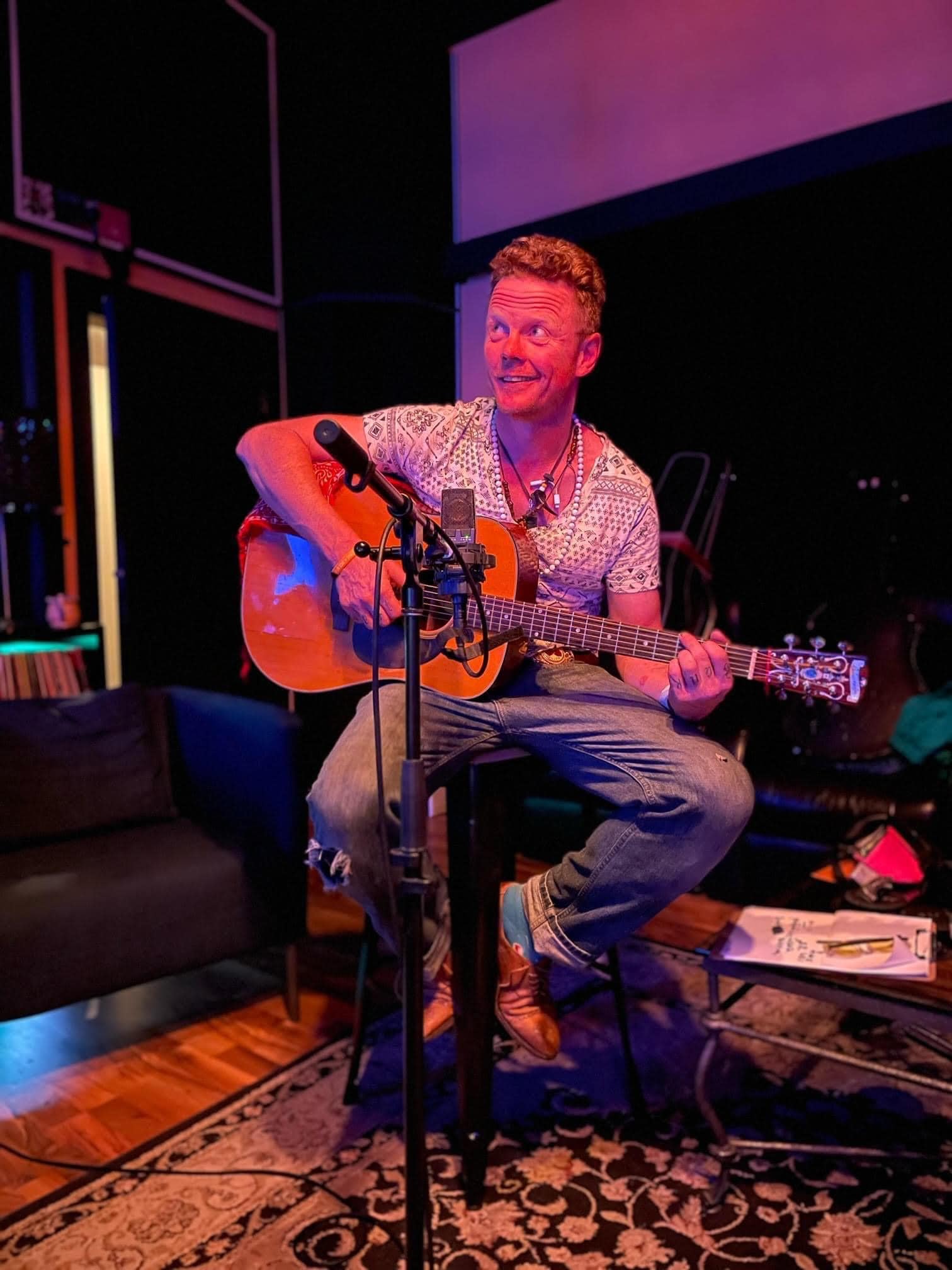
Teaching world drumming workshops at Tasks Unlimited 11am-1230pm (Tasks Unlimited provides supported employment, housing and recovery services to create opportunities for people with mental illness so they can achieve their full potential.) in Minneapolis and Cerenity Humboldt Senior Care Center (Cerenity Humboldt offers Assisted Living, Memory Care, Skilled Nursing, Rehabilitation and Hospice care services.) in St Paul 130-3pm
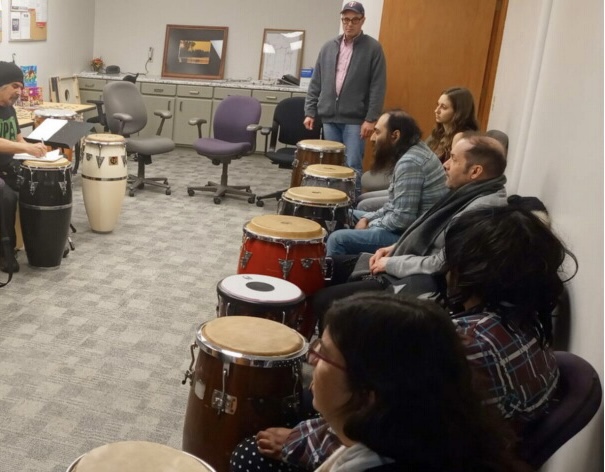
The Rosette Nebula (also known as Caldwell 49) is an H II region located near one end of a giant molecular cloud in the Monoceros region of the Milky Way Galaxy. The open cluster NGC 2244 (Caldwell 50) is closely associated with the nebulosity, the stars of the cluster having been formed from the nebula’s matter.
The nebula has been noted to be having a shape reminiscent of a human skull, and is sometimes referred to as the “Skull Nebula.” It is not to be confused with NGC 246, which is also nicknamed the “Skull Nebula.
- NGC 2237 – Part of the nebulous region (Also used to denote whole nebula)
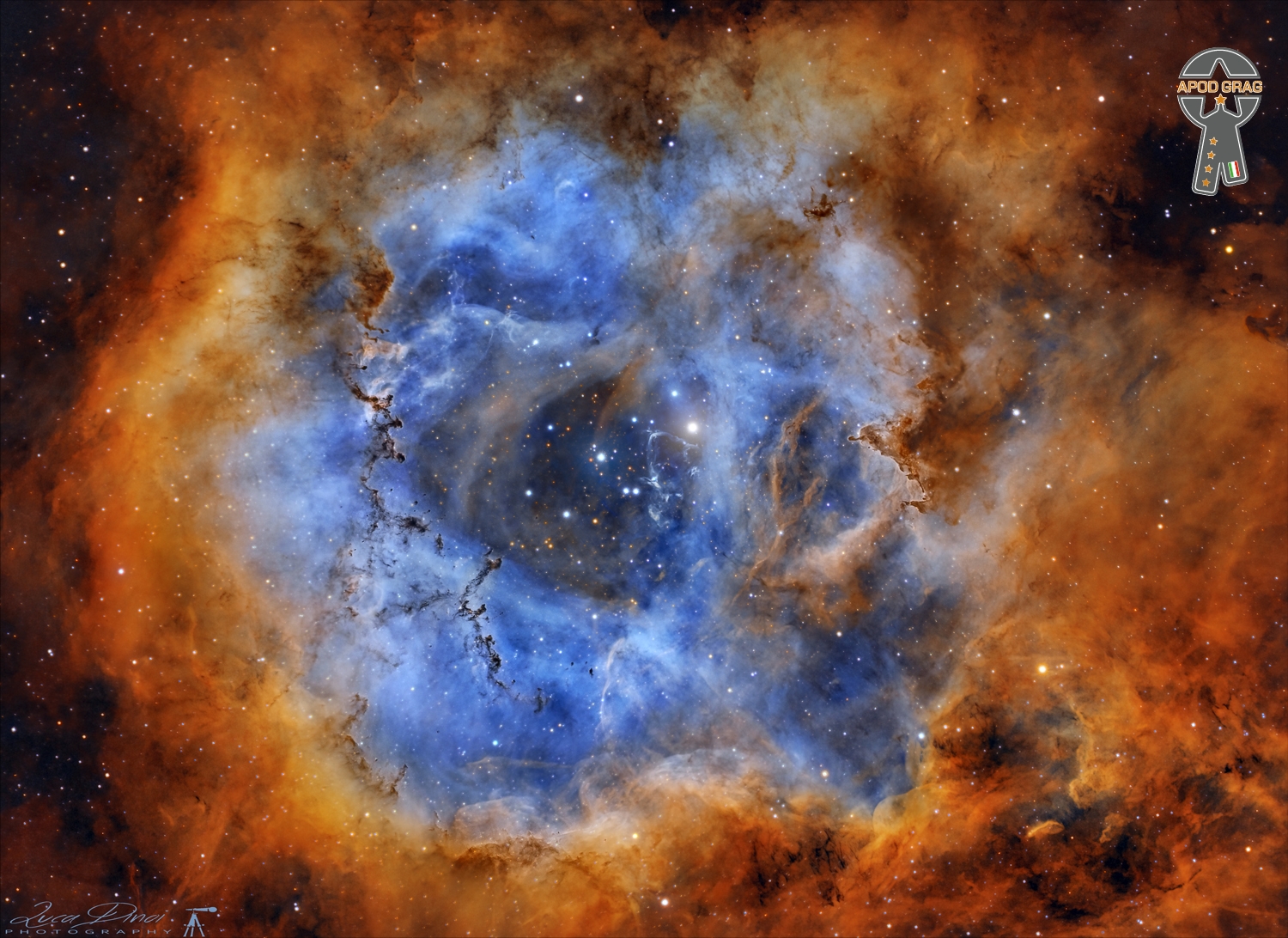
Lakshminarayana Shankar (born 26 April 1950), better known as L. Shankar, Shankar and Shenkar, is an Indian violinist, singer and composer.
Shankar was born in Madras, India, and raised in Ceylon (current-day Sri Lanka), where his father V. Lakshminarayana, a violinist and singer, worked as a teacher at the Jaffna College of Music. He learned to play the violin and first performed in public in a Ceylonese temple at the age of seven. In 1969, he went to the United States, where he studied ethnomusicology at Wesleyan University. After performing with various Indian singers for several years, Shankar founded a trio with his brothers, L. Vaidyanathan and L. Subramaniam, that performed throughout India.
more...Preston Haynes Love (April 26, 1921 – February 12, 2004) was an American saxophonist, bandleader, and songwriter from Omaha, Nebraska, United States, best known as a sideman for jazz and rhythm and blues artists like Count Basie and Ray Charles.
Preston Love grew up in North Omaha and graduated from North High.
He became renowned as a professional sideman and saxophone balladeer in the heyday of the big band era. He was a member of the bands of Nat Towles, Lloyd Hunter, Snub Mosley, Lucky Millinder and Fats Wallerbefore getting his big break with the Count Basie Orchestra when he was 22. Love played and recorded with the Count Basie band from 1945–1947, and played on Basie’s only No. 1 hit record, “Open The Door Richard.”
more...Theodore Marcus “Teddy” Edwards (April 26, 1924 – April 20, 2003) was an American jazz tenor saxophonist.
Edwards was born in Jackson, Mississippi, United States. He learned to play at a very early age, first on alto saxophone and then clarinet. His uncle sent for him to come to Detroit to live because he felt opportunities were better. Due to illness in the family, he went back to Jackson and ventured to Alexandria, Louisiana. He was persuaded by Ernie Fields to join his band after going to Tampa, Florida. Edwards had planned to go to New York City, but Fields convinced him he could get there by way of Washington, D.C., if he worked with his band.
more...John Ned Shines (April 26, 1915 – April 20, 1992) was an American blues singer and guitarist.
Shines was born in the community of Frayser, in Memphis, Tennessee. He was taught to play the guitar by his mother and spent most of his childhood in Memphis, playing slide guitar at an early age in juke joints and on the street. He moved to Hughes, Arkansas, in 1932 and worked on farms for three years, putting aside his music career. A chance meeting with Robert Johnson, his greatest influence, gave him the inspiration to return to music. In 1935, Shines began traveling with Johnson, touring in the United States and Canada. They parted in 1937, one year before Johnson’s death.
more...M81 is a spiral galaxy with a relatively modest diameter of 60,000 light years. In 1993, the observation of about thirty cepheids by the Hubble telescope made it possible to estimate the distance of the galaxy at 11.8 million light years, making it one of the closest to ours. It is part of the same group of galaxies as M82, the G2 group (list of Vaucouleurs). This group is part of the supercluster of the Virgin, as is our local group.
M81 cannot be seen without an instrument. It is clearly visible with binoculars because of its magnitude of 6.9. In a 114 mm telescope, the nucleus appears as bright and surrounded by a diffuse halo. A 350 mm instrument and good observation conditions are needed to detect the spiral arms of the galaxy.
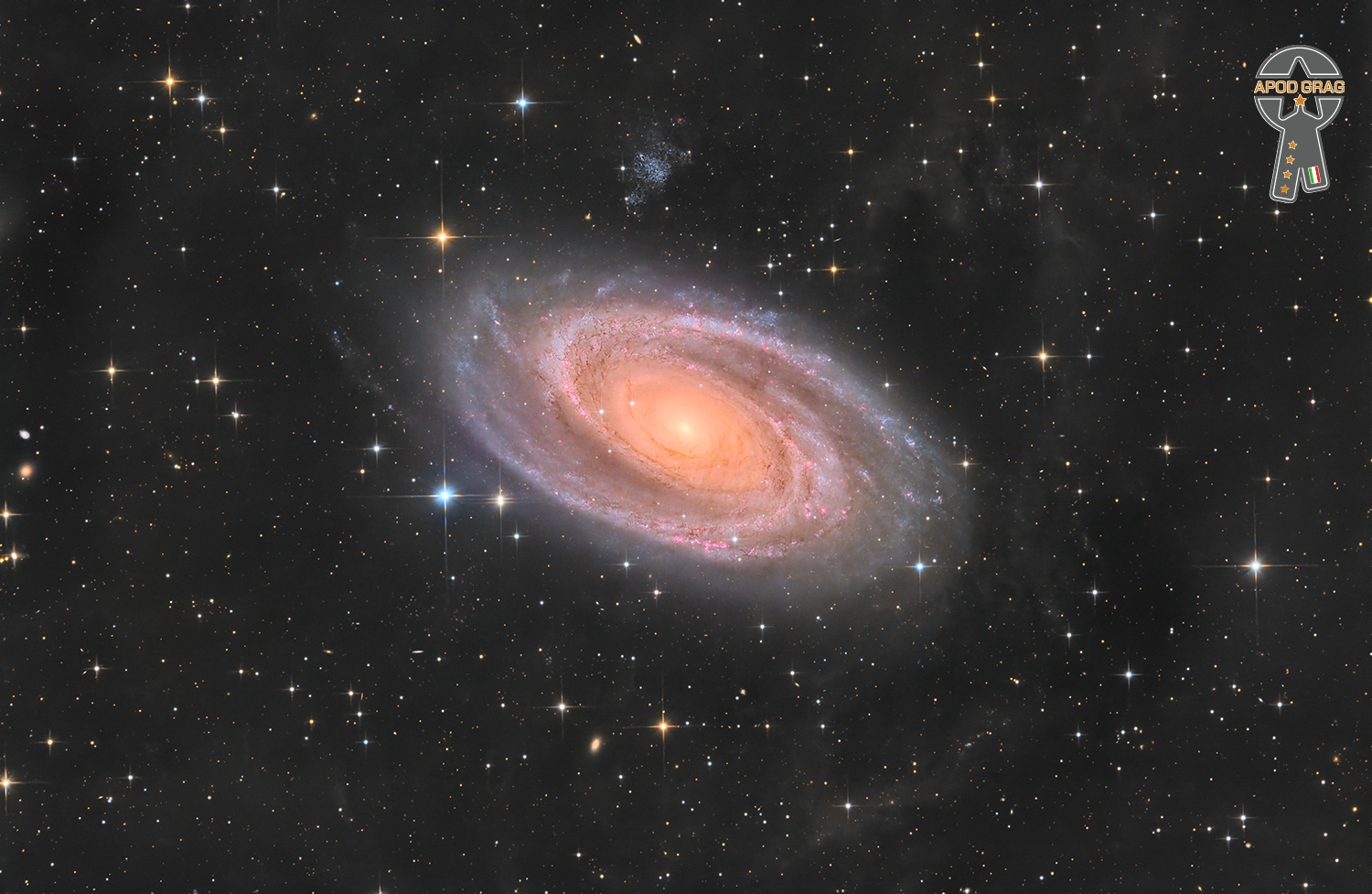
William P. Homans III, (born 1949) professionally known as “Watermelon Slim”, is an American bluesmusician. He plays both guitar and harmonica. He is currently signed to NorthernBlues Music, based in Toronto, Ontario. Homans has also earned bachelor’s and master’s degrees from University of Oregon and Oklahoma State University.
Homans was born in Boston, Massachusetts, United States, but has said that he was raised in North Carolina, where he was first exposed to blues music from about the time he was five years old. During childhood, he sang in choirs and glee clubs. Homans later explained that he first played music in 1958, on a set of bongo drums. A year later, he acquired a harmonica. It took almost a decade before he became sufficiently experienced to take on a professional gig at Middlebury College in Vermont.
more...Albert Nelson (April 25, 1923 – December 21, 1992), known by his stage name Albert King, was an American guitarist and singer who is often regarded as one of the greatest and most influential bluesguitarists of all time. He is perhaps best known for his popular and influential album Born Under a Bad Sign (1967) and its title track. He, B.B. King, and Freddie King, all unrelated, were known as the “Kings of the Blues”. The left-handed King was known for his “deep, dramatic sound that was widely imitated by both blues and rock guitarists.”
He was once nicknamed “The Velvet Bulldozer” because of his smooth singing and large size–he stood taller than average, with sources reporting 6 ft 4 in (1.93 m) or 6 ft 7 in (2.01 m), and weighed 250 lb (110 kg) – and also because he drove a bulldozer in one of his day jobs early in his career.
King was inducted into the Blues Hall of Fame in 1983. He was posthumously inducted into the Rock and Roll Hall of Fame in 2013. In 2011, he was ranked number 13 on Rolling Stone‘s 100 Greatest Guitarists of All Time.
Albert King was born on a cotton plantation in Indianola, Mississippi. During childhood he sang at a church with a family gospel group, in which his father played the guitar. One of 13 children, he grew up picking cotton on plantations near Forrest City, Arkansas, where the family moved when he was eight years old.
more...Ella Jane Fitzgerald (April 25, 1917 – June 15, 1996) was an American jazz singer, sometimes referred to as the “First Lady of Song”, “Queen of Jazz”, and “Lady Ella”. She was noted for her purity of tone, impeccable diction, phrasing, timing, intonation, and a “horn-like” improvisational ability, particularly in her scat singing.
After a tumultuous adolescence, Fitzgerald found stability in musical success with the Chick Webb Orchestra, performing across the country but most often associated with the Savoy Ballroom in Harlem. Her rendition of the nursery rhyme “A-Tisket, A-Tasket” helped boost both her and Webb to national fame. After taking over the band when Webb died, Fitzgerald left it behind in 1942 to start her solo career. Her manager was Moe Gale, co-founder of the Savoy, until she turned the rest of her career over to Norman Granz, who founded Verve Records to produce new records by Fitzgerald. With Verve she recorded some of her more widely noted works, particularly her interpretations of the Great American Songbook.
While Fitzgerald appeared in films and as a guest on popular television shows in the second half of the twentieth century, her musical collaborations with Louis Armstrong, Duke Ellington, and The Ink Spots were some of her most notable acts outside her solo career. These partnerships produced some of her best-known songs such as “Dream a Little Dream of Me“, “Cheek to Cheek“, “Into Each Life Some Rain Must Fall“, and “It Don’t Mean a Thing (If It Ain’t Got That Swing)“. In 1993, after a career of nearly sixty years, she gave her last public performance. Three years later, she died at age 79 after years of declining health. Her accoladesincluded 14 Grammy Awards, the National Medal of Arts, the NAACP‘s inaugural President’s Award, and the Presidential Medal of Freedom.
Fitzgerald was born on April 25, 1917, in Newport News, Virginia. She was the daughter of William Fitzgerald and Temperance “Tempie” Henry, both described as “mulatto” in the 1920 census. Her parents were unmarried but lived together in the East End section of Newport News for at least two and a half years after she was born. In the early 1920s, Fitzgerald’s mother and her new partner, a Portuguese immigrant named Joseph da Silva, moved to Yonkers, in Westchester County, New York.
more...More Posts
- Mose Allison
- World Music Sona Jobarteh
- Daily Roots Max Romeo
- Remembering the S.S. Edmund Fitzgerald on the 49th anniversary
- RBG Injustice
- Biog Chief Ellis
- Cosmos Valles Marineris
- Tim Rice
- Russell Means
- Bobby Rush
- Hubert Laws
- Paul Bley
- Andrew Cyrille
- World Music Trio Mandili
- Daily Roots John Holt
- Gibran Silence
- Cosmos M83
- Mary Travers
- Sol K Bright
- Mezz Mezzrow